Every year, millions of unused or expired prescription drugs sit in bathroom cabinets, kitchen drawers, and medicine chests across the U.S. Some are old painkillers from a surgery. Others are leftover antibiotics or anxiety meds that were never finished. And too often, these drugs end up in the toilet, the trash, or worse - in the hands of teens or curious kids. That’s why the National Prescription Drug Take-Back Day exists. It’s not just a one-day event. It’s a lifeline for families, communities, and public health.
What Exactly Happens on Take-Back Day?
On the last Saturday of October - this year, October 25, 2025 - you can walk into a police station, hospital pharmacy, or community center and hand over your unwanted medications. No questions asked. No ID needed. No judgment. The DEA runs this program with help from nearly 4,500 local law enforcement agencies. They set up collection bins from 10 a.m. to 2 p.m. local time. You drop in your pills, patches, or capsules, and they’re gone. No one tracks who you are. No one asks why you’re getting rid of them. It’s anonymous, simple, and safe.What Can You Drop Off?
You can bring almost any prescription medication that comes in solid form: tablets, capsules, pills, or even medicated patches. Think of things like oxycodone, hydrocodone, gabapentin, Zoloft, or even over-the-counter drugs that were prescribed to you. If it came in a bottle from a pharmacy, it’s likely accepted. What you can’t bring:- Syringes or needles (sharps)
- Liquid medications unless they’re sealed in their original container
- Illicit drugs like heroin or meth
- Thermometers or medical devices
Why This Matters - The Real Impact
In April 2025 alone, Americans dropped off over 620,000 pounds of unused medications. That’s more than 310 tons. Since the program started in 2010, the total collected has reached nearly 10 million pounds. That’s not just trash. That’s potential overdose prevention. The National Institute on Drug Abuse says 8 million Americans misuse prescription painkillers each year. And more than half of them get those drugs from friends or family - often from medicine cabinets. Every pill you drop off is one less chance someone in your home, your neighborhood, or your child’s school will accidentally or intentionally misuse it. It’s not just about safety. It’s about the environment. Flushing pills or tossing them in the trash can contaminate water supplies and harm wildlife. The DEA burns collected drugs in high-temperature incinerators that meet strict environmental standards. That’s the only safe way to destroy them.Where to Find a Collection Site
You don’t need to guess where to go. The DEA has a simple tool: takebackday.dea.gov. Just type in your zip code, and it shows you every nearby location - police stations, pharmacies, hospitals, even fire departments. In cities, you’re usually within five miles of a site. In rural areas, it’s harder. That’s why the DEA is now rolling out 120 mobile collection units this year - vans that travel to towns more than 25 miles from the nearest drop-off point. Some hospitals, like University Hospitals in Ohio, have permanent drop boxes inside their pharmacies. These are open year-round. But Take-Back Day is the only time you can bring in your meds without having to drive to a special facility or pay a fee.
What to Expect When You Arrive
You pull up. You see a table with a DEA sign and a few officers in uniform. They’re not there to arrest anyone. They’re there to help. You hand over your bag of pills. They check to make sure nothing’s prohibited - like needles or liquids in open containers. Then they take it. That’s it. No form. No signature. No follow-up. The whole process takes less than two minutes. Most people don’t even need to get out of their car. Some sites offer drive-thru drop-offs. Others have volunteers who help carry bags from your trunk. Many locations also have printed materials about safe storage, how to recognize signs of misuse, and where to get help if you or someone you know is struggling with addiction. You don’t have to stop and read - but it’s there if you need it.What People Are Saying
On Reddit’s r/addiction forum, one user wrote: “Dropped off my mom’s unused opioids at the police station. No questions asked. Took two minutes. I know they won’t end up in a teen’s hands.” That sentiment shows up again and again. Eighty-three percent of people who’ve used the service say they felt relieved afterward. But not everyone knows about it. Nearly 30% of people surveyed said they didn’t hear about the event until after it was over. That’s why community groups - churches, schools, senior centers - are pushing harder to spread the word. Some pharmacies now send out text reminders when a new prescription is filled, asking: “Did you know you can drop off old meds this Saturday?”What If You Miss It?
Take-Back Day is twice a year - April and October. But you don’t have to wait. There are over 14,000 permanent drug disposal kiosks across the country. Many are in pharmacies like CVS and Walgreens. Some are in sheriff’s offices or hospitals. You can find them using the same DEA website or the “Dispose My Meds” app, used by more than 340,000 Americans. These kiosks are locked, secure, and available 24/7. You just drop your meds in. No staff needed. No hours to worry about. They’re not as visible as Take-Back Day, but they’re just as safe.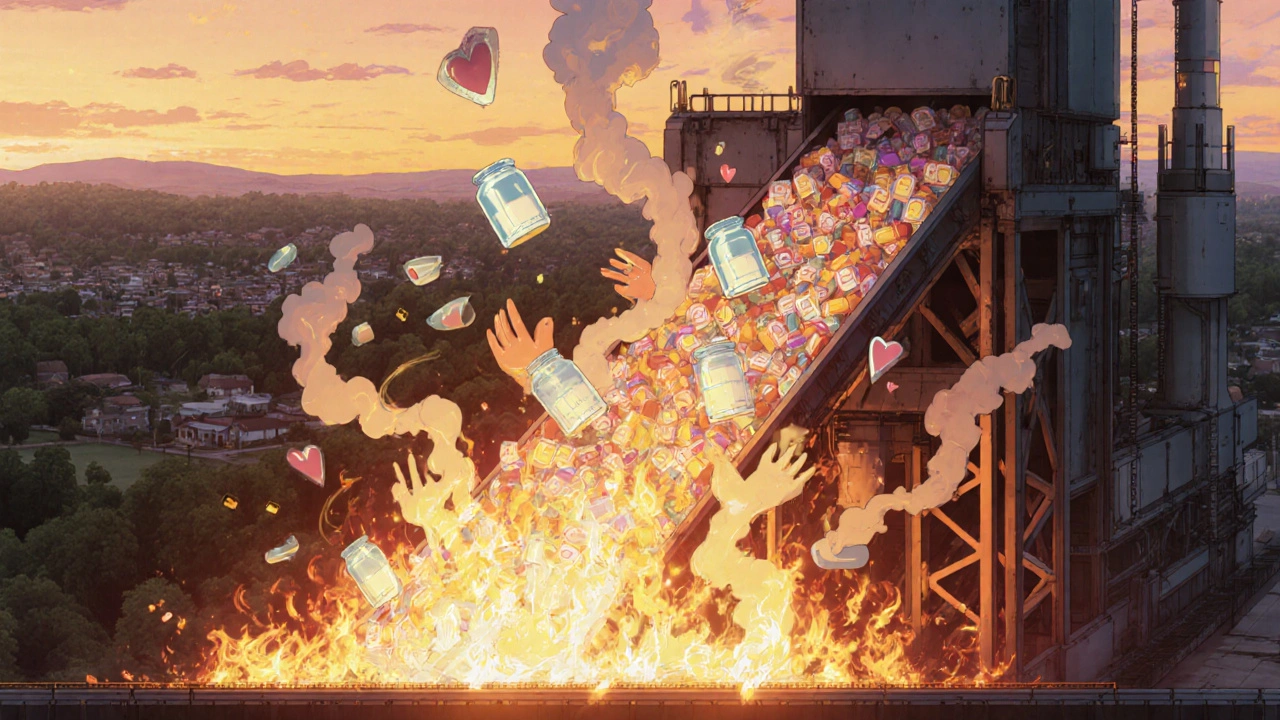
The Bigger Picture
The program works - but it’s not enough. Only 19% of Americans properly dispose of their unused medications. The rest? They flush them. Toss them. Or forget about them until someone else finds them. The FDA says 75% of people still dispose of meds the wrong way. That’s why the DEA is testing something new: when you fill a prescription at a hospital using Epic’s electronic system, you’ll start seeing a pop-up message: “Need to dispose of old meds? Find your nearest drop-off.” It’s still in beta, but if it rolls out nationwide, it could change how people think about disposal - from an occasional event to a routine habit.What’s Next?
The DEA plans to expand permanent kiosks. By 2026, Walgreens and CVS expect to have them in over 1,200 locations. That’s a 300% increase in year-round access. Congress has kept funding steady at $2.4 million a year, and there’s bipartisan support to keep it going. This isn’t about politics. It’s about saving lives. Every pill taken off the shelf is one less risk. One less overdose. One less broken family.Final Thoughts
You don’t need to be an expert to help. You don’t need to make a big gesture. Just clean out your medicine cabinet once a year. Gather what’s expired, unused, or no longer needed. Drive to the nearest site on October 25. Drop it in. Walk away. You’ve done your part. It’s simple. It’s quiet. It’s powerful.Can I drop off medications for someone else?
Yes. You can bring medications belonging to family members, friends, or even elderly neighbors. No identification is required. The program is designed to make disposal easy and private, whether you’re cleaning out your own cabinet or helping a loved one.
Are there any fees for using a take-back site?
No. All DEA Take-Back Day events and permanent disposal kiosks are completely free. There are no charges, donations, or hidden costs. The program is funded by federal grants and law enforcement partnerships.
What if I have a lot of pills? Can I bring a whole cabinet?
Yes. You can bring as much as you need. Some people bring boxes of old prescriptions. Others bring entire medicine cabinets. Just make sure everything is in its original container or clearly labeled. If you have a large amount, you can call the site ahead of time to let them know - they’ll be ready.
Why can’t I throw pills in the trash or flush them?
Flushing can contaminate water supplies. Throwing pills in the trash leaves them vulnerable to theft or accidental ingestion by children or pets. The DEA uses high-temperature incineration to destroy medications safely and completely - the only method proven to prevent environmental harm and misuse.
Do I need to remove labels from pill bottles?
No. You can leave the labels on. In fact, it helps the DEA staff verify that the medications are legitimate prescriptions. Just make sure the bottles are sealed and not leaking. If you’re concerned about privacy, you can scratch out your name with a marker - but it’s not required.
Is there a limit to how many medications I can drop off?
No. There’s no limit on the amount. Whether you have one bottle or ten, you’re welcome to bring them all. The goal is to remove as many unused drugs from homes as possible.
Can I drop off over-the-counter (OTC) drugs?
Yes. If you were given an OTC medication by a doctor (like a high-dose ibuprofen prescription) or if it was originally dispensed in a pharmacy container, it’s accepted. Regular store-bought OTC pills like aspirin or allergy meds are not accepted - only those that came from a pharmacy.
What happens to the medications after they’re collected?
All collected medications are transported to licensed incineration facilities that meet federal environmental standards. They are destroyed at temperatures above 1,800°F, ensuring complete destruction and zero risk of reuse or environmental contamination.

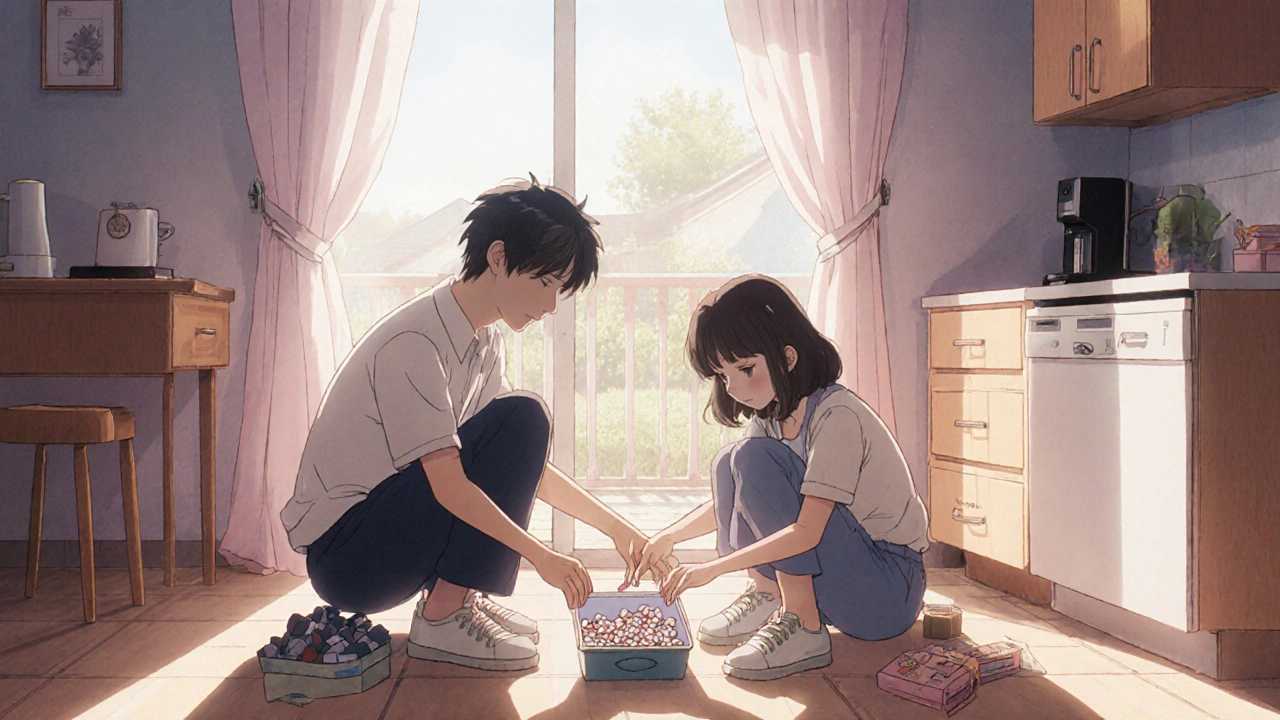
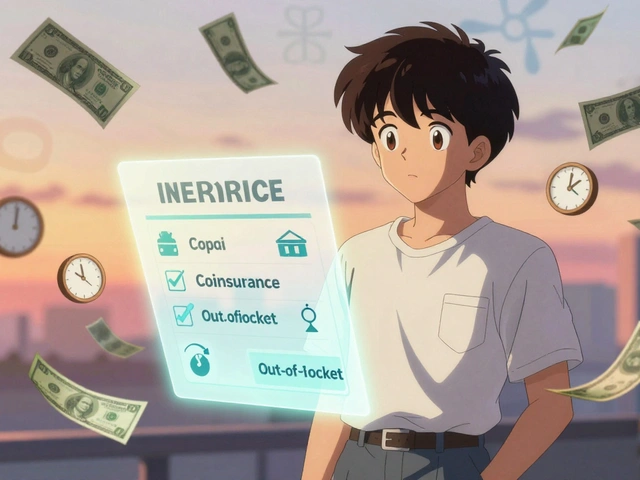
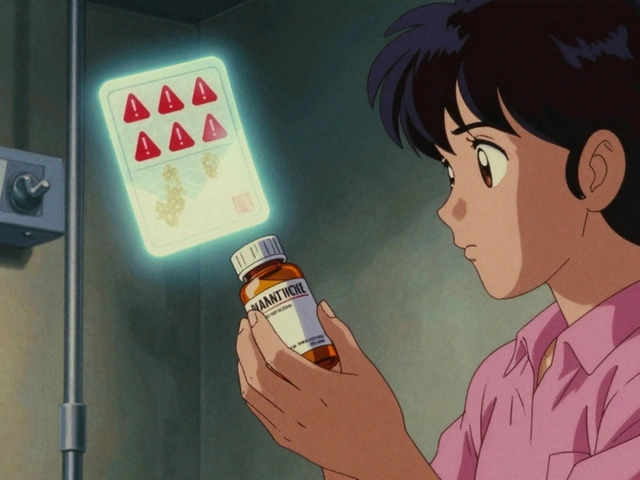
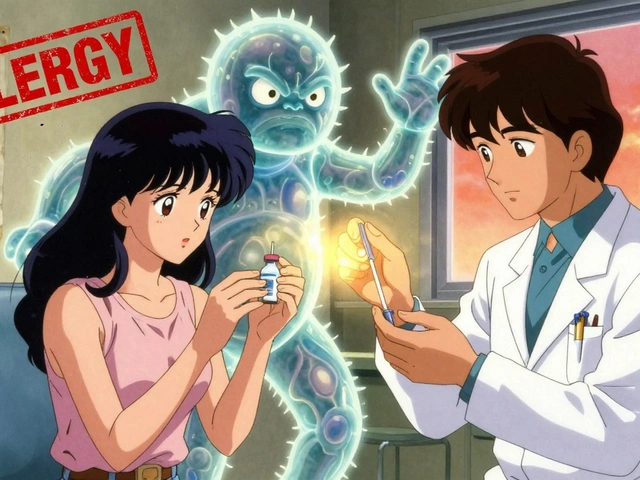
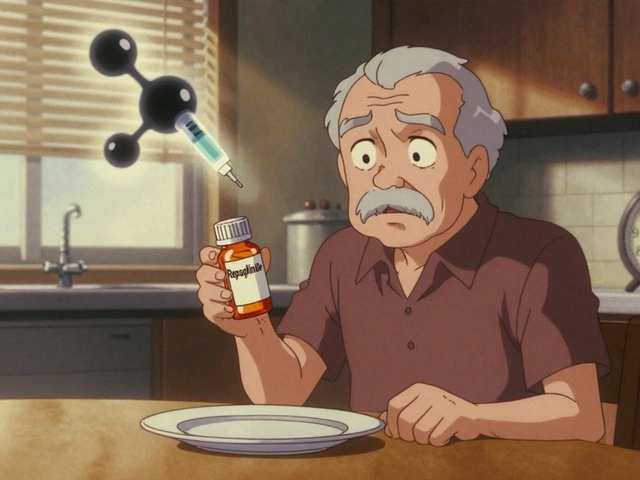
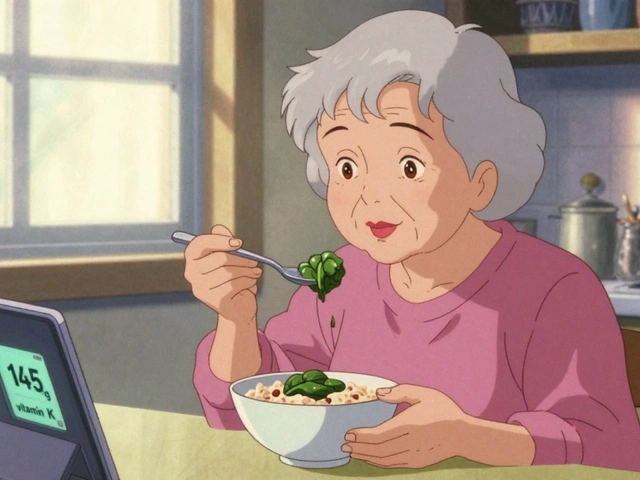
Joseph Peel
November 17, 2025 AT 11:03Just dropped off my dad’s leftover oxycodone at the police station yesterday. No ID, no questions, no hassle. Took less than 90 seconds. Feels good to know those pills won’t end up in some teenager’s backpack.
Kathryn Ware
November 17, 2025 AT 22:29I’ve been using the Walgreens kiosk in my neighborhood since last year and it’s been a game-changer. I clean out my cabinet every spring and fall now - no more guilt about flushing or tossing. The bins are clean, secure, and always stocked with pamphlets on addiction resources. It’s small, but it matters. I’ve even convinced my mom to use it too. She used to say ‘it’s not my problem’ until her neighbor’s kid got into the leftover Xanax. Now she’s the one reminding me when it’s time to go.
Kelsey Robertson
November 19, 2025 AT 16:52Let’s be real - this whole ‘take-back’ thing is just performative activism. You think one day a year, with a few police officers standing around, is going to fix the opioid crisis? The DEA collects 620,000 pounds? That’s less than 0.0003% of the total pills prescribed annually. Meanwhile, pharmaceutical companies are still pushing opioids like candy, and you’re patting yourself on the back for dropping off a bottle of gabapentin? This isn’t a solution - it’s a distraction. A feel-good PR stunt for people who want to believe they’re ‘doing something’ while the real culprits keep raking in billions.
Joseph Townsend
November 20, 2025 AT 04:59Y’all don’t get it - this isn’t just about pills. This is about dignity. About taking back control from a system that sold us painkillers like candy and then left us holding the bag. I’ve seen my brother OD. I’ve held my cousin’s hand while she cried because she didn’t know how to stop. This program? It’s not a drop box. It’s a lifeline. It’s the quiet, unglamorous act of saying: ‘I won’t let this poison live in my house anymore.’ And yeah, maybe it’s not enough - but it’s something. Something real. Something human.
Elia DOnald Maluleke
November 22, 2025 AT 02:59In South Africa, we have no such program. When my uncle passed, his pain meds sat in a drawer for two years - until my aunt threw them in the river. No one knew better. No one told her. No one came to teach. Here, you have a system. You have structure. You have care. Do not take it for granted. This is not bureaucracy - this is compassion made concrete. And if you do not use it, you are not just careless - you are complicit.
satya pradeep
November 23, 2025 AT 23:15Bro i just went to the drop off and the guy was like ‘you got any needles?’ and i was like ‘nah just 12 bottles of zoloft and some adderall from college’ and he just nodded and took it. No judge. No drama. Just took it like it was nothing. I felt like i did something good for once.
Prem Hungry
November 25, 2025 AT 06:52My grandmother is 82 and lives alone. She has 17 different pill bottles from 10 different doctors. She doesn’t know what half of them are for anymore. I took her to the pharmacy last week and we cleared out her whole cabinet. She cried. Not because she was sad - but because she finally felt safe. This program doesn’t just save lives. It restores peace. And that’s worth more than any statistic.
Leslie Douglas-Churchwell
November 27, 2025 AT 00:43EVERYONE KNOWS the DEA is using this as a cover to build a database of who owns what meds. They don’t care about safety - they care about control. You think they don’t scan the barcodes? You think they don’t track who drops off what? They’re building a pharmaceutical surveillance state under the guise of ‘public health.’ And you’re just handing them your pills like good little sheep. Wake up. The FDA, DEA, and Big Pharma are the same entity. This isn’t cleanup - it’s consolidation.
shubham seth
November 27, 2025 AT 18:31Let’s cut the bullshit. The real problem isn’t people keeping pills - it’s doctors overprescribing like they’re on commission. I’ve seen prescriptions for 120 oxycodone for a wisdom tooth extraction. That’s not medicine - that’s a heroin factory with a stethoscope. This take-back day is a Band-Aid on a severed artery. Fix the source. Stop letting MDs act like candy salesmen. Until then, this is just theater with better lighting.
kora ortiz
November 28, 2025 AT 10:36I used to think this was pointless. Then my 14-year-old nephew found a bottle of his uncle’s hydrocodone in the garage. He didn’t even know what it was - just thought it looked cool. We got to the drop-off just in time. I don’t care if it’s a ‘symbolic gesture’ - it saved my nephew’s life. And if you’re still skeptical, ask yourself: would you rather have one less pill in your house… or one more overdose in your neighborhood?
Sridhar Suvarna
November 29, 2025 AT 10:51India has no such program. But we have a different kind of solution - families. We don’t flush. We don’t throw. We keep. We remember. We don’t need a DEA to tell us what to do. We just don’t let it leave the house. Maybe that’s the real lesson here - not the bins, not the vans - but the responsibility that stays with the people who love you.
Bill Machi
December 1, 2025 AT 10:03This is a waste of taxpayer money. The DEA should be hunting cartels, not babysitting medicine cabinets. Why should American taxpayers fund a program that encourages people to be irresponsible with their prescriptions? If you can’t manage your own meds, maybe you shouldn’t be taking them in the first place. This isn’t public safety - it’s enabling. And it’s a slippery slope toward a nanny state that treats adults like children.